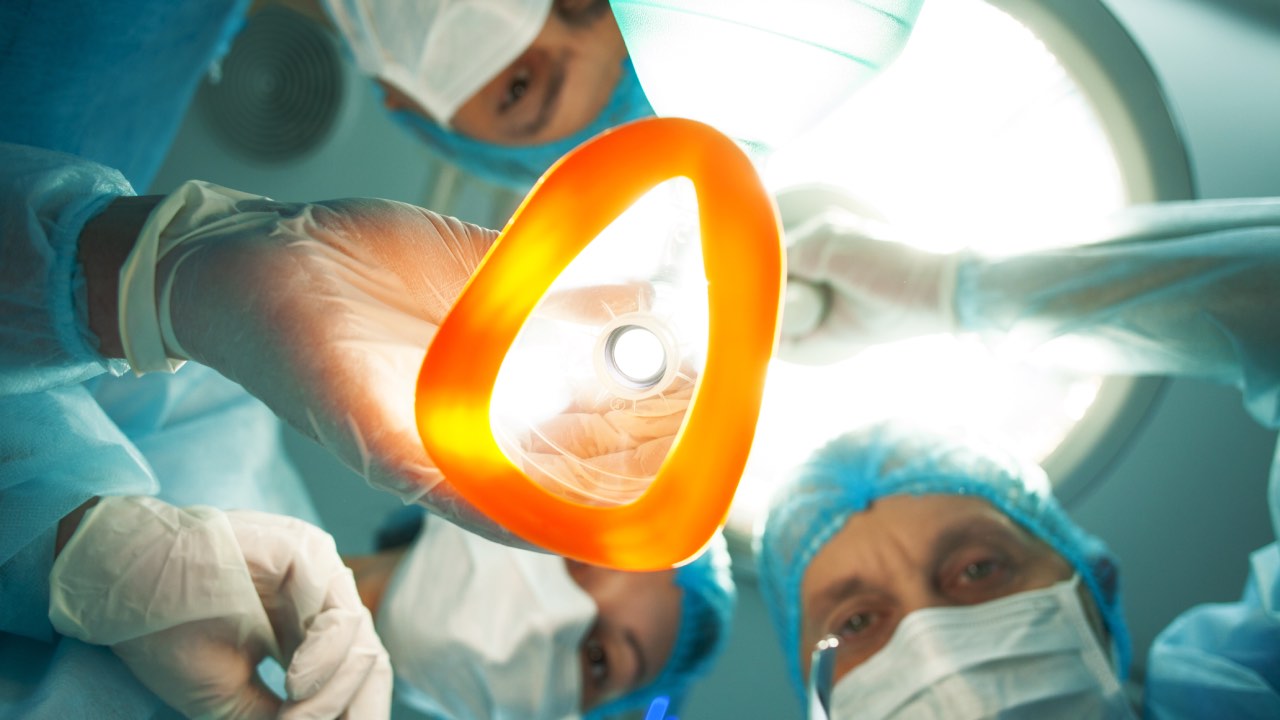What happens under general anaesthesia?

“Going under” before a surgery is something for which we can thank modern medicine. Before anaesthesia entered operating theatres around the mid-19th century, surgeons would use alcohol, narcotics and the occasional knock to the head to take away some of the pain during surgery.
The video below, by the Reactions team at the American Chemical Society, explains that the first general anaesthetic, used in 1846, was a chemical compound called diethyl ether, which was administered with an inhaler.
Today, combinations of different chemical compounds are administered by either an inhaler or needled into a vein.
But anaesthesia isn’t just about pain – these compounds temporarily paralyse your body and give you amnesia, so you have no recollection of the surgery.
And while scientists know that anaesthesia does the job, they aren’t entirely sure how – though we know it has a lot to do with the broader concept of consciousness.
The video explains the current theory that drugs used for anaesthesia intercept and cut off the signals that neurotransmitters send between specific nerve cells in the brain, reducing the brain’s responsiveness.
Sound dangerous? Too much of the drug can put you to sleep permanently, while too little can let you wake up.
Luckily, medical professionals are by your side the whole way, monitoring your vital signs to keep your consciousness at just the right level.
Image credits: Getty Images
